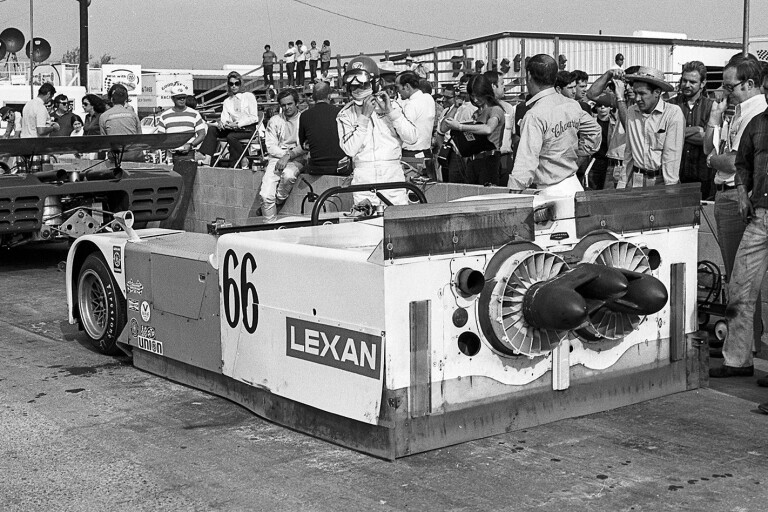
While not always conventionally beautiful, many race cars are attractive purely by virtue of their function.
However, that’s not always the case. Released earlier this week, Ford’s Mustang Supercar has divided opinions in the comments section due to its unusual proportions.
There’s no doubt the Ford Performance, DJR Team Penske, and Tickford Racing engineers have worked hard on the Mustang Supercar to create a potent race car. However, the regulations surrounding the dimensions of the Car of the Future chassis has resulted in aesthetics and proportions which don’t quite equal the visual impact of the road car.
While stunners like McLaren’s MP4/4 are often lauded as beautiful race cars, today we are celebrating some of motorsport’s ugly ducklings that stood out thanks to daring, innovative, and unique designs.
Caterham CT05
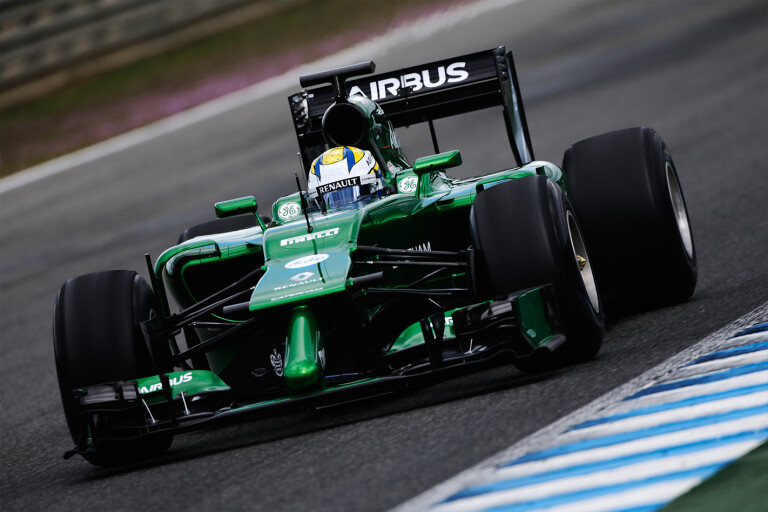
Formula 1 offers plenty of beautiful race cars, (here’s looking at you Jordan 191), but the Caterham CT05 was not one of them.
F1 racers achieve their beauty through a ruthless ethos of function over form, but sometimes, as the CT05 epitomises, that form is difficult to look at.
The CT05 is a prime example of modern F1 regulations resulting in a less than beautiful product. While most cars that took to the grid in 2014 alongside the Caterham weren’t exactly wallflowers, the CT05 was the worst of them all – combining the duckbill design of prior years with the extended nose that was new for that season.
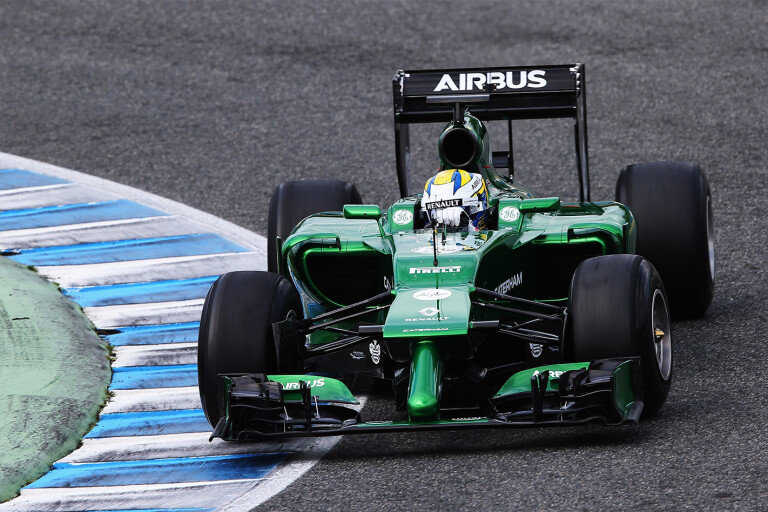
The duckbill portion of the nose was amended in a mid-season update at the Belgian Grand Prix, but the, ah, appendage, remained.
Caterham’s F1 team would be shuttered before the start of the 2015 season, making the CT05 the brand’s last Formula 1 car.
Cadillac Le Monstre
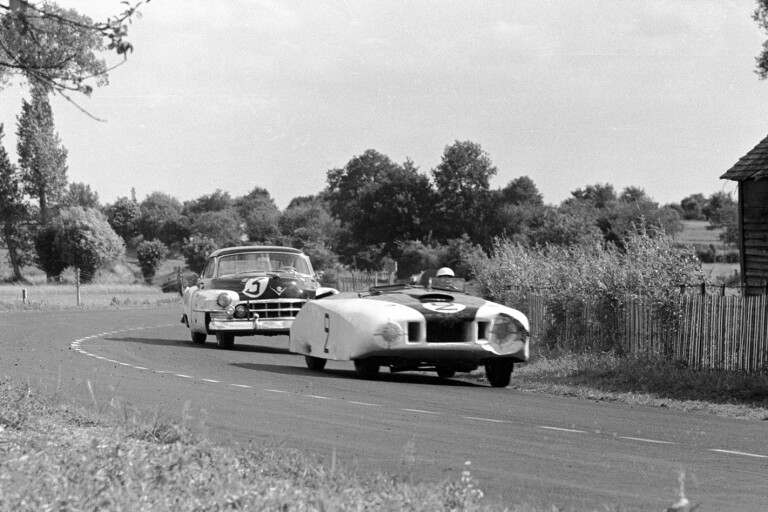
It was the first time Americans had competed in the 24 Hours of Le Mans, with Briggs Cunningham bringing a pair of 5.4-litre Cadillacs. The first was a standard Series 61 sedan, while the second wore custom aerodynamic bodywork which had been refined in the Grumman Aircraft windtunnel.
The French quickly nicknamed the pair ‘Petit Petaud’ (small puppy) and ‘Le Monstre’. Briggs leaned into the nicknames, going as far as having the new monikers printed on the bonnets beside the American flag.
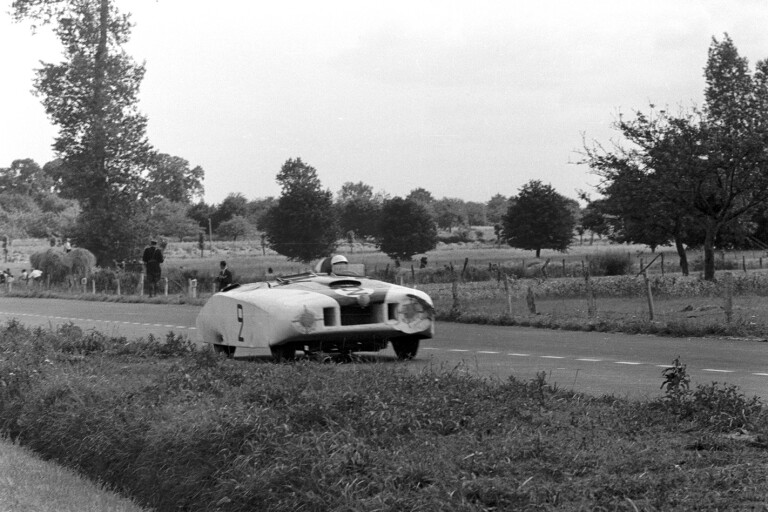
As a result of being buried in a sandbank mid-race, and the gearbox only allowing high gear to be selected for much of the 24 hour event, Le Monstre finished 11th overall, one position behind its regular-bodied sibling.
Dallara DP01

Most commonly known as Rolex Grand-Am, the Grand American Road Racing Association’s Rolex Sports Car Series was North America’s answer to the World Endurance Championship.
Instead of LMP1, Grand-Am had a flagship category named Daytona Prototypes, paying homage to the championship’s season opener and premier event, the Daytona 24 Hours.
Since they were introduced in 2003, Daytona Prototypes have always been slightly aesthetically challenged.
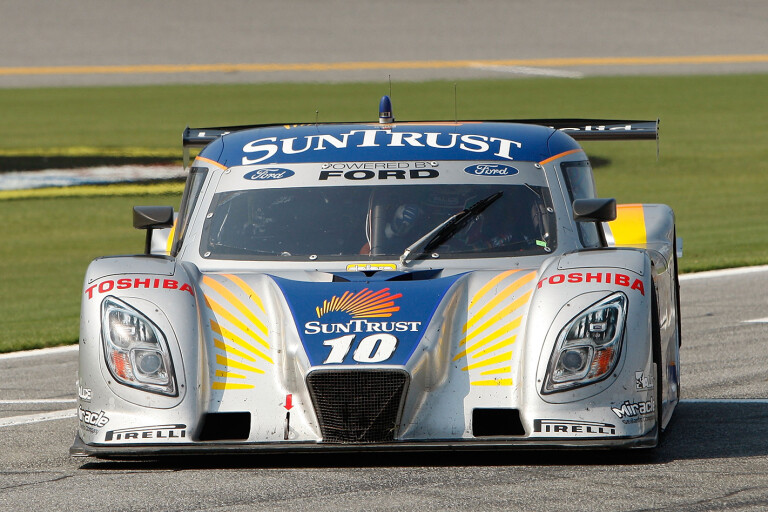
However, the Dallara DP01 is one of the least pleasing. Built as a ‘Gen 2’ car which made its debut in 2008, the DP01 differed from its Daytona Prototype counterparts thanks to a snout-like duct which dominated the frontal area of the car.
Regulations allowed a variety of engines to be used, ranging from a Porsche flat-six, to a Ford 5.0-litre V8. The DP01 was used mainly by Ford teams, who used the company’s eight-cylinder engine.
Chaparral 2J
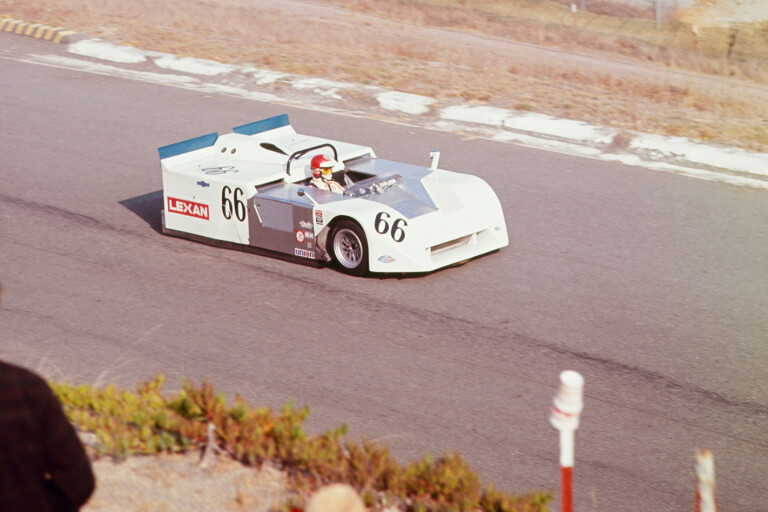
The Chaparral 2J is one of the odder-looking cars on this list, as well as arguably the most controversial, and successful.
Using ground effects, the 2J featured a pair of fans at the rear of the car which were sourced from a military tank, and driven by a two stroke twin-cylinder engine. These helped sucked the car to the ground, with a seal provided by articulating plastic skirts along the chassis’ edges.
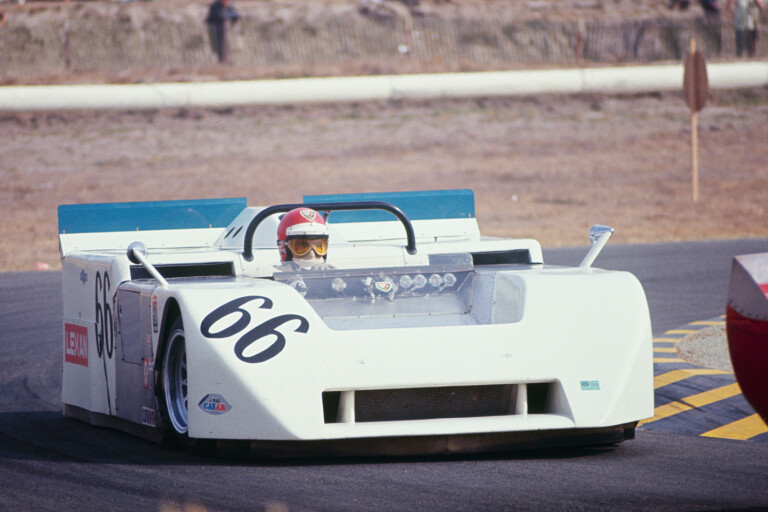
The system allowed for tremendous levels of grip, and unlike conventional wings and spoilers, didn’t lose downforce at lower speeds.
Only competing for a single season in Can-Am, and powered by a Chevrolet V8, the 2J was capable of qualifying two seconds quicker than its competitors.
Panoz GTR-1
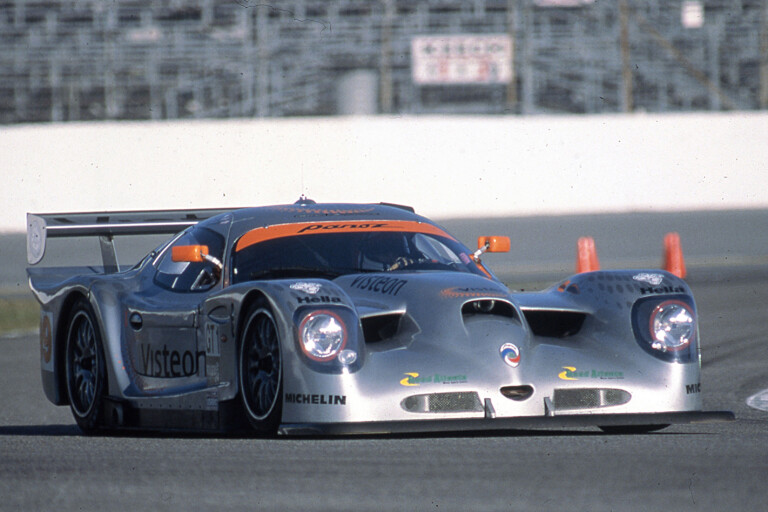
Competing in the FIA GT Championship and 24 Hours of Le Mans, the Panoz GTR-1 debuted in 1997.
Although named after the Panoz Esperante road car, the GTR-1 bore no mechanical relation to the roadster, with minor styling points the only link between the pair. Two road-legal GTR-1s were built, but only to meet minimum requirements for homologation.
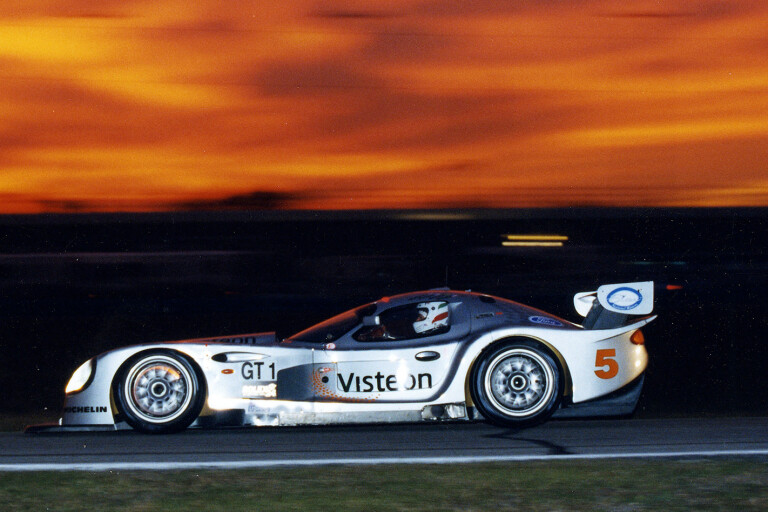
The car’s unique design earned it the nickname of the ‘Batmobile’.
Dallara DW12
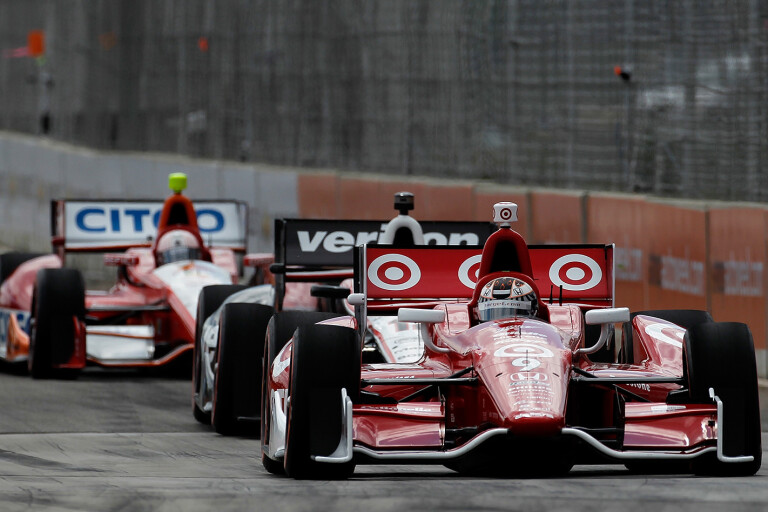
Oh, how open-wheel fans gnashed their teeth when IndyCar revealed the DW12 concept.
Built by Dallara, and named after its test driver Dan Wheldon who had lost his life a year before its debut, the spec chassis replaced the aging IR-05.
Of particular offence to racing fans were the bumpers placed behind the rear wheels designed to prevent the kinds of crashes which took Wheldon’s life.
The DW12’s bulging side pods also caught the ire of fans.
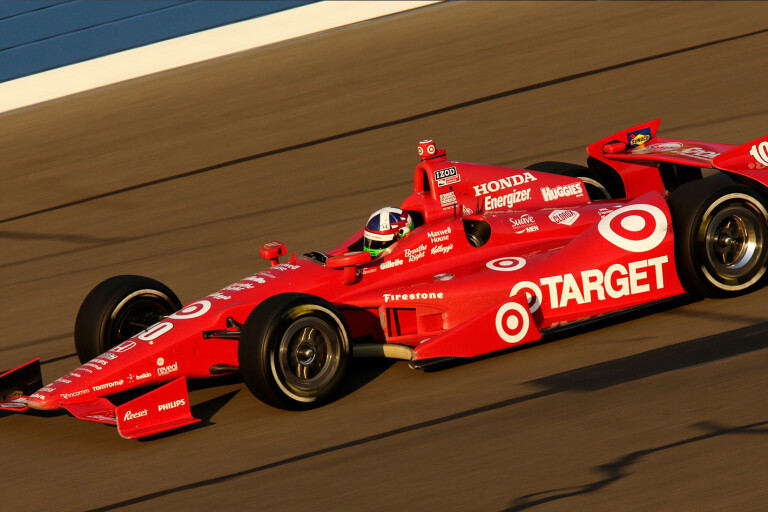
Originally slated to last until 2020, the DW12’s was replaced with a much more conventionally attractive offering in 2018.

COMMENTS